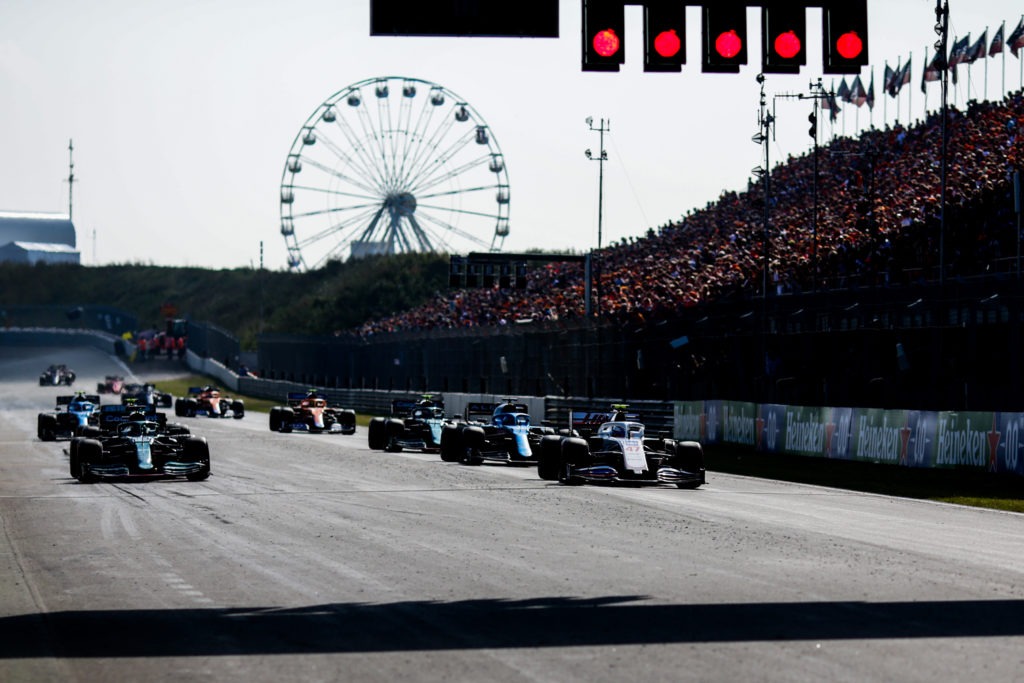New F1 synthetic fuel has real-world ambitions
09 October 2021

Formula 1 (F1), along with its global partner Aramco, have announced plans to introduce 100% sustainable fuels by the middle of this decade, as part of the wider move towards being a net-zero carbon sport by 2030.
F1 announced its net-zero ambitions back in November 2019, and central to these plans is a laboratory-developed synthetic fuel. This will be fully renewable and produce fewer emissions when burned. The fuel will be introduced from the 2025 season as part of a partnership between manufacturers and energy companies to produce bio-fuels that will help F1 hit its net-zero carbon targets.
Real-world use
In 2022, F1 regulations will be seeing an overhaul to the current sporting regulations, however the cars will retain the same 1.6-litre turbo-hybrid power units, but crucially, they will use a more sustainable fuel containing 10% bio-components.
This is an increase from the 5.75% that F1 cars currently run on, and the increase is set to be achieved by moving towards the use of E10 fuel and a subsequent increase in the mixture of ethanol in the fuel make-up.
As with many innovations and technologies that are crafted in the world of motorsport, the issue of synthetic fuel in F1 has some very real-world resonance. The general aim is to successfully make it work in F1 and, working with global fuel companies and partners, scale up production to make the fuel available for motorists.
Biomass is key
F1 plans to use either a ’carbon capture scheme, municipal waste or non-food “biomass,”’ encompassing naturally occurring products such as algae and agricultural waste, and early estimates suggest that the sport will cut its greenhouse gas emissions by ’at least 65%’ by 2030, when the proposed fully-synthetic fuel is available.
The implementation of fully synthetic fuels is far from a straightforward path for F1 and, as well as developing a way to consistently produce fuel that is compatible with the power requirements of the sport, there is also a question of production volume and consistency.
Speaking to Formula1.com, F1’s chief technical officer Pat Symonds commented: ’Carbon capture is a method that actually we’re quite keen on, because it takes the carbon directly out of the air.
’It is in its infancy, but there are plants doing it; there’s some in Canada, there is one in Switzerland that’s quite large, there are some in South America that are quite large. So it is doable, and I think in 20 years’ time, actually there will be quite a lot of it around. But it is very, very experimental.’



